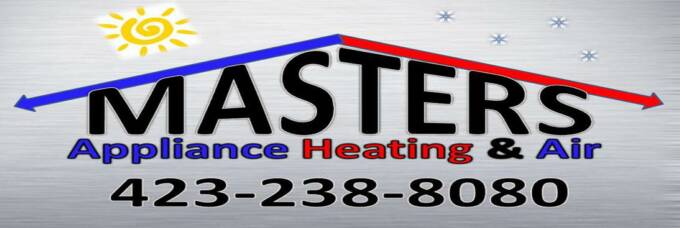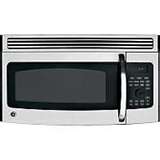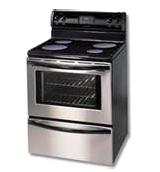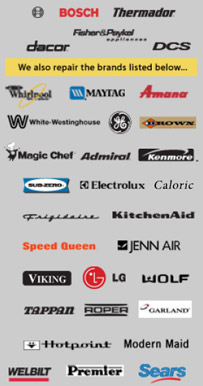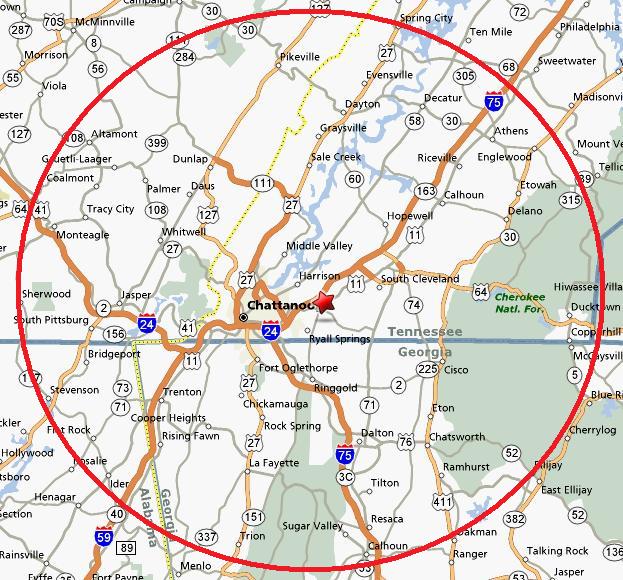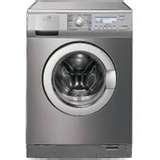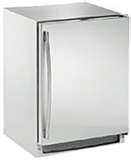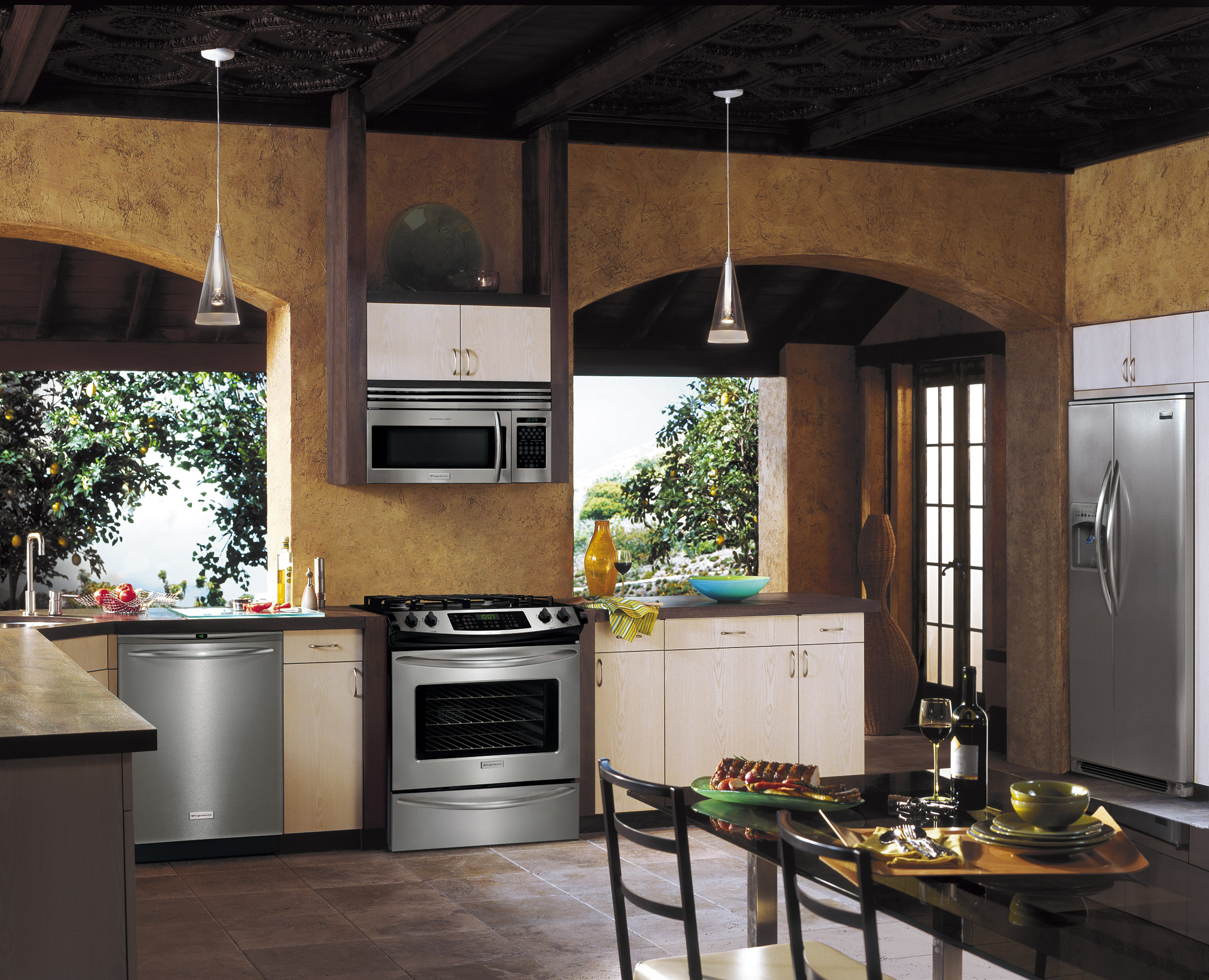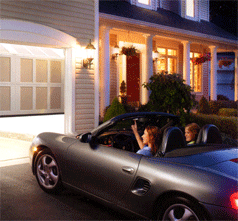We Service
All Makes & All Models
• Admiral • Amana
•Caloric • Coldspot • Electrolux • Estate • Frigidaire • GE
• Gibson • Hotpoint
• JC Penney • Jen-Air • •Kitchen Aid
• Kenmore • LG
• Magic Chef
• Maytag • Modern Maid
• Premier • Roper
• Samsung • Speed Queen • Sears • Summit
• Tappan
• White Westighouse
• Whirlpool •
We Provide You With
- No Extra Charge for Evenings Weekends or Holidays
- Upfront Pricing Before Work is Started
- Free Service Call With Repair
- Fully Licensed and Insured Technicians
Masters Repair Tips
Try these handy tips for fixing common problems with household appliances and keeping them working well into the future. If your repair was unsuccessfull please feel free to call us.
Always unplug any appliance before attempting any repair!!
WE PROVIDE 24 HOUR SAME DAY EMERGENCY SERVICE TO
SODDY DAISY • HIXSON • NORTH CHATTANOOGA • CHATTANOOGA • RED BANK • NORTH GEORGIA • CLEVELAND
UP TO 50 MILE AREA OUTSIDE OF CHATTANOOGA, TN
MICROWAVE REPAIR TIPS
.
Laundry Appliances
Kitchen Appliances
Other
REFRIGERATOR REPAIR TIPS
If your refrigerator is not running or is not cold enough:
If the door is sticking or not closing properly:
RANGE / STOVE REPAIR TIPS
General:
Electric - If your burners are not heating:
Electric - If your oven is not heating;
Gas - If the top burners are not lighting:
Gas - If your oven is not heating:
DISHWASHER REPAIR TIPS
If the dishes are not getting clean:
If the door isn't closing:
If the unit is leaking:
Tech Tip - If the inside of your dishwasher is beginning to brown and form mineral stains, put Lime
Tech Tip - If your dishwasher is developing a film on the inside, put 6-7 drops of good-quality, name
WASHER REPAIR TIPS
If machine is dead:
Tech Tip - Follow the proper loading procedure and machine operation.
Tech Tip - Never overload the machine.
Tech Tip – Check water supply hoses periodically for cracks
DRYER REPAIR TIPS
If the clothes are not getting dry:
Tech Tip - Follow the proper loading procedure and machine operation.
Tech Tip - Never overload the dryer.
Tech Tip – Clean out lint trap before every load
DISPOSAL REPAIR TIPS
If the unit jams/hums:
Tech Tip - Always run water in the sink when you operate the unit.
FREEZER REPAIR TIPS
If the unit is not self-defrosting and the temperatures begin to rise:
If the unit is not an automatic self-defrosting model:
Tech Tip - Follow all procedures outlined under the refrigerator heading.
Tech Tip - Do not pack the freezer.
Masters Energy Saving Tips
$ $
$$
- For best efficiency, temperature should be set per manufacturer guidelines.
- Defrost freezers and manual-defrost refrigerators regularly - they'll work better.
- Keep up with maintenance. It will keep your appliances operating more efficiently.
- Be sure to clean your refrigerator’s cooling coils regularly. For most models, this will mean at least twice a year. Dirty coils put strain on your refrigerator’s motor, shortening the life of your appliance and preventing it from operating efficiently.
- Adjust temperature settings for different seasons. Check refrigerator setting by placing a thermometer in a jar of water and leaving in refrigerator overnight. In the morning, the temperature should read 34 to 40 degrees F. Adjust settings if necessary. Temperature settings usually need to be reduced in winter. The freezer should be between 0 and 5 degrees F.
- During winter, freezer space often goes unused. Your refrigerator continues to use energy, however, to freeze this space. Take empty milk jugs, or other plastic containers, and fill them with water. Place them outside until they freeze, and then put them in your freezer. This will fill the empty space and reduce the area to be kept cold.
- Manual defrost refrigerators are generally more efficient than automatic defrost models, but only if they are properly maintained. The freezer should be defrosted if ice buildup is thicker than 1/4 inch.
- Defrost food by putting it in the refrigerator the night before you want to use it. This will cool the refrigerator down and reduce its power consumption.
- Wait until food has cooled down before putting it into the refrigerator.
- Vacuum the coils in the back of your refrigerator twice a year to maximize efficiency.
- Check the door gasket occasionally to be sure the seal isn't broken by debris or caked on food.
- Refrigerator should not be located near the stove, dishwasher, heat vents or exposed to direct sunlight. Check to be sure that air flow around your refrigerator is not obstructed.
- If your refrigerator has an energy-saver (anti-sweat) switch, it should be on during the summer and off during the winter.
- Never run frost-free refrigerators with freezer compartments in unheated areas with air temperature below 60 degrees F.
- Dishwashers can be set on economy mode, or the door opened to 'air dry' dishes economically.
- New models have delayed start features - you can set them to operate when energy prices are lower later in the day.
- It's commonly assumed that washing dishes by hand saves hot water. However, washing dishes by hand several times a day can be more expensive than operating an energy-efficient dishwasher. You can consume less energy by only operating it with full loads.
- Another way to reduce hot water use is the utilizing the cycle selection feature. Shorter cycles require less water, thereby reducing energy cost.
- Hand washing dishes with a lot of hot water can cost more than using a dishwasher.
- Only run your dishwasher when it is stacked full of dishes. But do not over-fill your dishwasher; dishes that are packed in too tightly will not come out clean.
- Unlike dishwashers, clothes washers don't require a minimum temperature for optimum cleaning. Therefore, to reduce energy costs, you can use either cold or warm water for most laundry loads. Cold water is always sufficient for rinsing.
- Front-loading machines use less water and, consequently, less energy than top loaders.
- Smaller loads dry faster.
- Dry clothes only as long as required; you could be using 30 minutes to dry a load that really only needs 15 minutes.
- Certain dryer models have damp/dry sensors and will shut off when the load is dry.
- Hang dress clothing to air dry.
- Front-load washers use less energy and water than top-loaders.
- Use cold water for rinsing and most other washing cycles.
- Clean the dryer lint filter before every load.
- Include a tennis ball in your load! Its' bouncing will keep your clothes from bunching up and cause them to dry quicker.
- When stove top cooking, use lids on pots to reduce heating time.
- On the stove, use a pot sized for the food, and not a larger one. Example: Boiling eggs - you may be using more energy to boil more water, when a small pot would be sufficient.
- Microwave ovens use 75% less energy than range ovens.
- Cook several things in your oven at once. Preparing several dishes—or even meals—at the same time can save you time, money, and energy. Just freeze what you don’t need to eat immediately.
- Consider whether or not you even need to use your oven to heat your meal. Perhaps a smaller appliance—such as a pressure cooker, wok, or toaster oven—will cook your food more quickly and efficiently.
- Make sure the flames on your gas range are burning blue. Yellow flames mean that your range is not operating efficiently
- Clean your gas stovetop after cooking. This ensures that your gas jets will work efficiently and that your food will heat evenly and in a timely manner.
- Check to see that your oven door shuts tightly. A loose seal means heat loss and wasted energy. Carefully clean the oven door’s gasket and the place where it meets the cabinet with a commercial kitchen cleaning product or hot, soapy water to ensure that grease and food particles are not getting in the way of a good seal.
- Use the burner which is the closest match to pot size. Heat is lost and energy is wasted if burner size is larger than pot size.
- Use lids on pots and pans so you can cook at lower settings.
- Keep drip pans under conventional coil burners clean. Don't line drip pans with aluminum foil - they can reflect too much heat and damage the elements.
- Only preheat when baking.
- Check your oven temperature. Use a separate oven thermometer to ensure your oven control is accurate.
- Make sure the oven door seal is tight. Avoid opening oven door while baking - each time the door is opened, about 20% of the inside heat is lost.
- Turn oven off a few minutes before food is ready and let oven heat finish the job.
- Gas stovesor those with electronic ignition will use about 40% less gas than a pilot light.
- Pilot light and burner flame on gas stoves should be blue. If flame is yellow, ports need to be unclogged or adjusted. Ports can be cleared with pipe cleaners.
- Use the microwave. They use only 1/3 to 1/2 as much energy as conventional stoves.
- Clean your microwave often. This keeps it running efficiently while also preventing residual food odors from seeping into other dishes. Boiling a bowl of water with lemon in it will freshen up the microwave and soften caked-on spills and splatters so that you can easily wipe them up.
- Insulate water heater. If your water heater feels warm to the touch, you will save money and have more hot water by adding more insulation.
- Lower settings on water heater. Experiment within the 120-140 degree range to find the lowest setting that will supply you with enough hot water. Operating a water heater at unnecessarily high temperatures increases energy consumption and shortens tank life. It also increases the likelihood of scalds; a particular concern for young children and seniors. As a general rule, it shouldn't be higher than 120F (49C), but always check with the tank manufacturer or refer to the manual first.
- Wrap water pipes leading from the water heater.
- If you're ready for a new water heater, consider a tankless water heater. These models can save as much as fifty percent of the cost of heating water.
Masters Appliance Heating & Air © 2018
